|
Your search criteria found 1300 images Gallery: Universe |
| My List |
Addition Date | Target | Mission |
Instrument
|
Size |

|
2015-05-28 |
Herschel Space Observatory |
PACS SPIRE |
1323x1046x3 | |
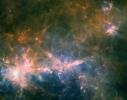
|
|||||

|
2013-01-09 |
Herschel Space Observatory |
PACS |
826x485x3 | |
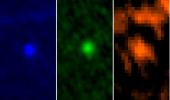
|
|||||

|
2013-01-22 |
Herschel Space Observatory |
PACS |
625x643x3 | |

|
|||||

|
2016-10-12 | Orion |
Herschel Space Observatory |
PACS SPIRE HIFI |
5200x7400x3 |

|
|||||

|
2016-05-27 |
Herschel Space Observatory |
PACS SPIRE |
2112x1452x3 | |
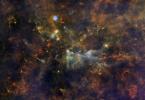
|
|||||

|
2004-03-08 | Sol (our sun) |
Mars Exploration Rover (MER) |
Panoramic Camera |
399x198x3 |
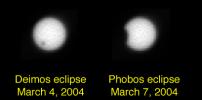
|
|||||

|
2004-01-10 | Sol (our sun) |
Mars Exploration Rover (MER) |
Panoramic Camera |
1600x1200x1 |
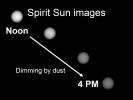
|
|||||

|
2004-03-11 |
Mars Exploration Rover (MER) |
Panoramic Camera |
1024x1024x1 | |
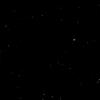
|
|||||

|
2004-03-12 |
Mars Exploration Rover (MER) |
Panoramic Camera |
1024x1024x1 | |
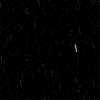
|
|||||

|
2004-03-12 | Sol (our sun) |
Mars Exploration Rover (MER) |
Panoramic Camera |
360x360x5 |
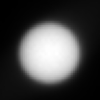
|
|
||||

|
2004-03-12 | Sol (our sun) |
Mars Exploration Rover (MER) |
Panoramic Camera |
360x360x5 |
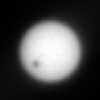
|
|
||||

|
2004-03-13 | Sol (our sun) |
Mars Exploration Rover (MER) |
Panoramic Camera |
1080x360x1 |
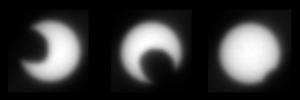
|
|||||

|
2010-12-27 | Sol (our sun) |
Mars Exploration Rover (MER) |
Panoramic Camera |
640x350x3 |

|
|||||

|
2010-12-27 | Sol (our sun) |
Mars Exploration Rover (MER) |
Panoramic Camera |
640x350x3 |
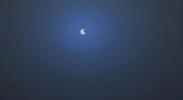
|
|||||

|
1999-12-01 | Altair |
Palomar Testbed Interferometer |
Palomar Testbed Interferometer |
512x511x1 |
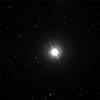
|
|||||

|
1999-12-01 | Protostellar Disk L1157 |
Owens Valley Millimeter Array |
787x1019x3 | |

|
|||||

|
2013-09-12 | Sol (our sun) |
Voyager |
Oschin Schmidt Telescope |
891x893x1 |
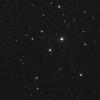
|
|||||

|
2013-11-26 |
NuSTAR |
NuSTAR |
1600x1600x3 | |
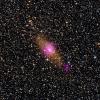
|
|||||

|
2013-11-26 |
NuSTAR |
NuSTAR |
1400x1400x3 | |
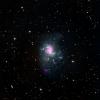
|
|||||

|
2014-01-09 |
NuSTAR |
NuSTAR |
2500x2500x3 | |
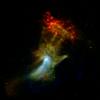
|
|||||

|
2014-01-09 |
NuSTAR |
NuSTAR |
3300x2800x3 | |
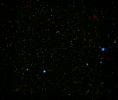
|
|||||

|
2019-02-20 |
NuSTAR |
NuSTAR |
2500x2500x3 | |
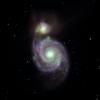
|
|||||

|
2019-09-04 |
NuSTAR |
NuSTAR |
3488x3485x3 | |
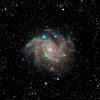
|
|||||

|
2012-10-23 |
NuSTAR |
NuSTAR Spitzer Space Telescope |
4000x2400x3 | |
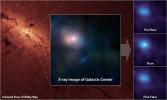
|
|||||

|
2014-12-22 | Sol (our sun) |
NuSTAR |
NuSTAR SDO |
3150x1600x3 |
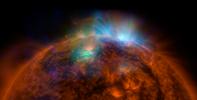
|
|||||

|
2015-07-08 | Sol (our sun) |
NuSTAR |
NuSTAR SDO |
4096x4096x3 |

|
|||||

|
2012-06-28 |
NuSTAR |
NuSTAR |
1366x1024x3 | |
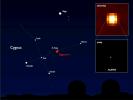
|
|||||

|
2012-10-23 |
NuSTAR |
NuSTAR |
3202x2402x3 | |
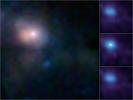
|
|||||

|
2013-01-07 |
NuSTAR |
NuSTAR |
1700x1700x3 | |
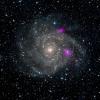
|
|||||

|
2013-01-07 | Cassiopeia A |
NuSTAR |
NuSTAR |
2200x2200x3 |
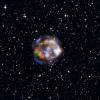
|
|||||

|
2013-06-11 |
NuSTAR |
NuSTAR |
6620x3724x3 | |
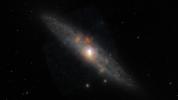
|
|||||

|
2013-09-05 |
NuSTAR |
NuSTAR |
3200x1800x3 | |
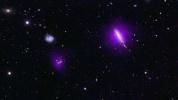
|
|||||

|
2014-02-19 |
NuSTAR |
NuSTAR |
4000x2250x3 | |
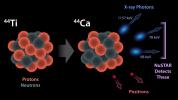
|
|||||

|
2014-08-12 |
NuSTAR |
NuSTAR |
3300x2550x3 | |
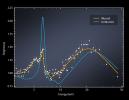
|
|||||

|
2015-04-29 |
NuSTAR |
NuSTAR |
2800x1575x3 | |
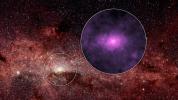
|
|||||

|
2015-05-07 |
NuSTAR |
NuSTAR |
3000x1679x3 | |
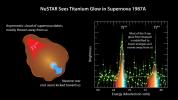
|
|||||

|
2008-03-27 | HD 189733b |
Hubble Space Telescope |
NICMOS |
4000x3000x3 |
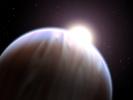
|
|||||

|
2013-12-19 |
NEOWISE |
NEOWISE Telescope |
2032x2032x3 | |
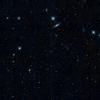
|
|||||

|
2014-01-28 |
NEOWISE |
NEOWISE Telescope |
660x308x3 | |
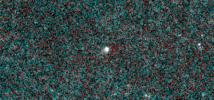
|
|||||

|
2014-07-23 |
NEOWISE |
NEOWISE Telescope |
728x585x3 | |
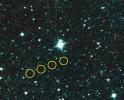
|
|||||

|
2014-07-23 |
NEOWISE |
NEOWISE Telescope |
1596x1080x3 | |
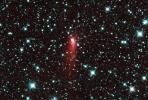
|
|||||

|
2014-08-07 |
NEOWISE |
NEOWISE Telescope |
2519x2519x3 | |
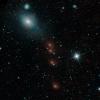
|
|||||

|
2004-03-12 |
Mars Exploration Rover (MER) |
Navigation Camera Panoramic Camera |
1174x1041x1 | |
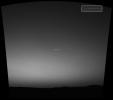
|
|||||

|
2014-08-21 |
Chandra X-ray Observatory Spitzer Space Telescope XMM-Newton |
MIPS XMM-Newton X-ray |
2051x1591x3 | |
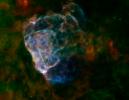
|
|||||

|
2006-09-28 |
Galaxy Evolution Explorer (GALEX) Spitzer Space Telescope |
MIPS Ultraviolet/Visible Camera |
7430x2410x3 | |

|
|||||

|
2003-12-18 |
Spitzer Space Telescope |
MIPS IRAC |
2332x1616x3 | |
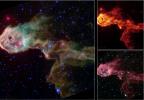
|
|||||

|
2003-12-18 |
Spitzer Space Telescope |
MIPS IRAC |
2286x2334x3 | |

|
|||||

|
2003-12-18 |
Spitzer Space Telescope |
MIPS |
1108x2148x3 | |

|
|||||

|
2003-12-18 |
Spitzer Space Telescope |
MIPS |
1424x944x3 | |
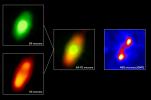
|
|||||

|
2003-12-18 |
Spitzer Space Telescope |
MIPS |
658x430x3 | |
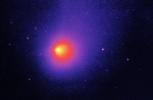
|
|||||

|
2004-04-13 |
Spitzer Space Telescope |
MIPS |
2499x779x3 | |

|
|||||

|
2005-01-10 | Vega |
Spitzer Space Telescope |
MIPS |
1419x707x3 |
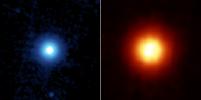
|
|||||

|
2005-01-11 | Encke |
Spitzer Space Telescope |
MIPS |
2154x2154x3 |
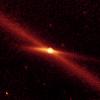
|
|||||

|
2005-01-11 |
Spitzer Space Telescope |
MIPS |
2364x1172x3 | |
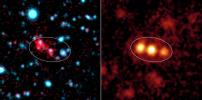
|
|||||

|
2005-10-13 | M31 |
Spitzer Space Telescope |
MIPS |
8193x2410x3 |

|
|||||

|
2006-10-12 |
Spitzer Space Telescope |
MIPS |
2396x2680x3 | |

|
|||||

|
2006-10-03 |
Spitzer Space Telescope |
MIPS |
1500x558x3 | |

|
|||||

|
2006-12-08 |
Spitzer Space Telescope |
MIPS |
2861x1439x3 | |
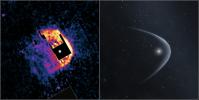
|
|||||

|
2007-10-25 |
Spitzer Space Telescope |
MIPS |
1003x1139x3 | |

|
|||||

|
2008-10-01 | Cassiopeia A |
Spitzer Space Telescope |
MIPS |
1769x1341x3 |
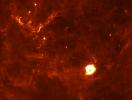
|
|||||

|
2008-12-03 |
Spitzer Space Telescope |
MIPS |
943x945x3 | |
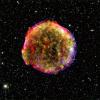
|
|||||

|
2009-11-04 | HR 8799 |
Spitzer Space Telescope |
MIPS |
1100x1100x3 |
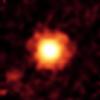
|
|||||

|
2001-11-03 | Borrelly |
Deep Space 1 (DS1) |
Miniature Integrated Camera Spectrometer |
500x500x1 |
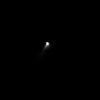
|
|||||

|
2022-10-12 | Star |
James Webb Space Telescope |
Mid-Infrared Instrument (MIRI) |
2258x1558x3 |
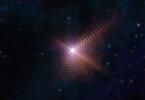
|
|||||

|
2011-12-23 | Pleiades |
MESSENGER |
MDIS - Narrow Angle |
508x512x1 |

|
|||||

|
2015-07-10 | Sol (our sun) |
Mars Science Laboratory (MSL) |
Mastcam |
801x400x1 |
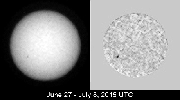
|
|||||

|
2015-07-10 | Sol (our sun) |
Mars Science Laboratory (MSL) |
Mastcam |
801x400x1 |
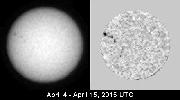
|
|||||

|
2009-10-15 | Sol (our sun) |
Cassini-Huygens |
MIMI |
1280x720x3 |
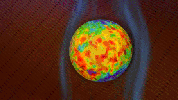
|
|||||

|
2009-11-20 | Sol (our sun) |
Cassini-Huygens |
MIMI |
1163x781x3 |
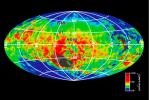
|
|||||

|
2012-12-03 | Sol (our sun) |
Voyager |
Magnetometer |
2006x1479x3 |
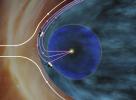
|
|||||

|
2017-07-19 | Kuiper Belt Object |
New Horizons |
LORRI MVIC |
559x345x3 |
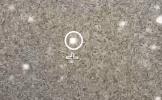
|
|||||

|
2017-04-04 |
New Horizons |
LORRI |
1024x1024x3 | |
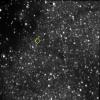
|
|||||

|
2013-09-30 |
Kepler Spitzer Space Telescope |
Kepler Telescope Spitzer Space Telescope |
3840x2160x3 | |
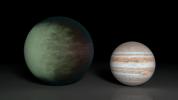
|
|||||

|
2005-07-13 | Cygnus |
W. M. Keck Observatory |
Keck I Telescope |
640x480x3 |
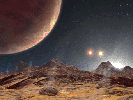
|
|||||

|
2005-07-13 | Cygnus |
W. M. Keck Observatory |
Keck I Telescope |
3000x2400x3 |
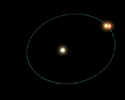
|
|||||

|
2023-12-22 |
James Webb Space Telescope IRAS Spitzer Space Telescope |
2686x1503x3 | ||
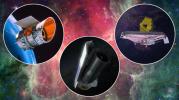
|
|||||

|
2010-11-04 |
Herschel Space Observatory |
Infrared Telescope |
2868x1404x3 | |
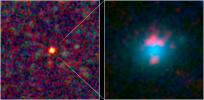
|
|||||

|
2011-01-05 |
Herschel Space Observatory |
Infrared Telescope |
3016x4106x3 | |

|
|||||

|
2011-02-17 |
Herschel Space Observatory |
Infrared Telescope |
2358x2358x3 | |
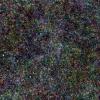
|
|||||

|
2011-04-13 |
Herschel Space Observatory |
Infrared Telescope |
1735x1447x3 | |
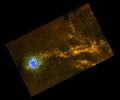
|
|||||

|
2006-01-11 | G29-38 |
Spitzer Space Telescope |
Infrared Spectrometer (IRS) |
3000x2400x3 |
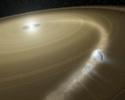
|
|||||

|
2006-02-08 | R 66 |
Spitzer Space Telescope |
Infrared Spectrometer (IRS) |
5140x2400x3 |
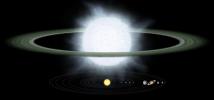
|
|||||

|
2007-10-22 |
Spitzer Space Telescope |
Infrared Spectrometer (IRS) |
2997x1689x3 | |
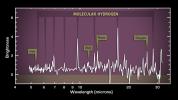
|
|||||

|
2003-12-18 |
Spitzer Space Telescope |
Infrared Spectrograph (IRS) |
2872x2056x3 | |
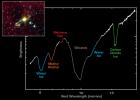
|
|||||

|
2003-12-18 |
Spitzer Space Telescope |
Infrared Spectrograph (IRS) |
2912x2040x3 | |
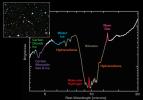
|
|||||

|
2005-07-27 |
Spitzer Space Telescope |
Infrared Spectrograph (IRS) |
2361x1506x3 | |
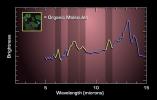
|
|||||

|
2005-03-01 |
Spitzer Space Telescope |
Infrared Spectrograph (IRS) |
2647x1958x3 | |
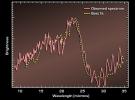
|
|||||

|
2005-04-20 | HD 69830 |
Spitzer Space Telescope |
Infrared Spectrograph (IRS) |
2766x2019x3 |
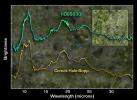
|
|||||

|
2005-12-20 | IRS 46 |
Spitzer Space Telescope |
Infrared Spectrograph (IRS) |
3000x2128x3 |
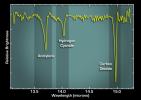
|
|||||

|
2006-02-15 |
Spitzer Space Telescope |
Infrared Spectrograph (IRS) |
3000x2400x3 | |
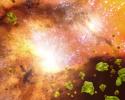
|
|||||

|
2008-01-10 | NGC 3621 |
Spitzer Space Telescope |
Infrared Spectrograph (IRS) |
3000x2400x3 |
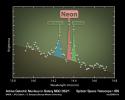
|
|||||

|
2007-02-21 |
Spitzer Space Telescope |
Infrared Spectrograph (IRS) |
3000x2400x3 | |
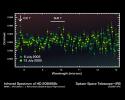
|
|||||

|
2007-02-21 |
Spitzer Space Telescope |
Infrared Spectrograph (IRS) |
3000x2400x3 | |
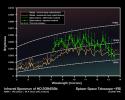
|
|||||

|
2007-02-21 |
Spitzer Space Telescope |
Infrared Spectrograph (IRS) |
3000x2400x3 | |
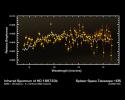
|
|||||

|
2007-07-11 | HD 189733b |
Spitzer Space Telescope |
Infrared Spectrograph (IRS) |
3000x2136x3 |
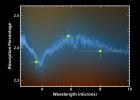
|
|||||

|
2007-08-29 | NGC 1333 |
Spitzer Space Telescope |
Infrared Spectrograph (IRS) |
3000x2400x3 |
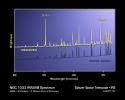
|
|||||

|
2007-10-09 |
Spitzer Space Telescope |
Infrared Spectrograph (IRS) |
2865x1749x3 | |
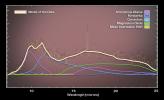
|
|||||

|
2007-10-09 |
Spitzer Space Telescope |
Infrared Spectrograph (IRS) |
3000x2400x3 | |

|
|||||

|
2007-12-20 | Cassiopeia A |
Spitzer Space Telescope |
Infrared Spectrograph (IRS) |
960x960x3 |
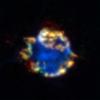
|
|||||

|
2007-12-20 | Cassiopeia A |
Spitzer Space Telescope |
Infrared Spectrograph (IRS) |
3000x2400x3 |
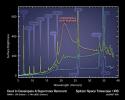
|
|||||

|
 |
 |
 |
 |
 |
 |
 |
 |
 |
 |

|
| 1-100 | 101-200 | 201-300 | 301-400 | 401-500 | 501-600 | 601-700 | 701-800 | 801-900 | 901-1000 |
| Currently displaying images: 301 - 400 of 1300 |